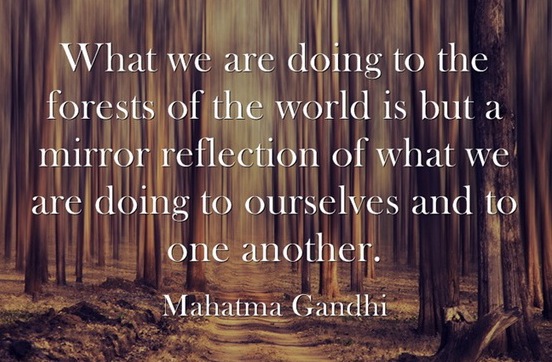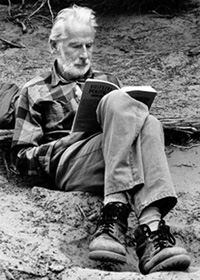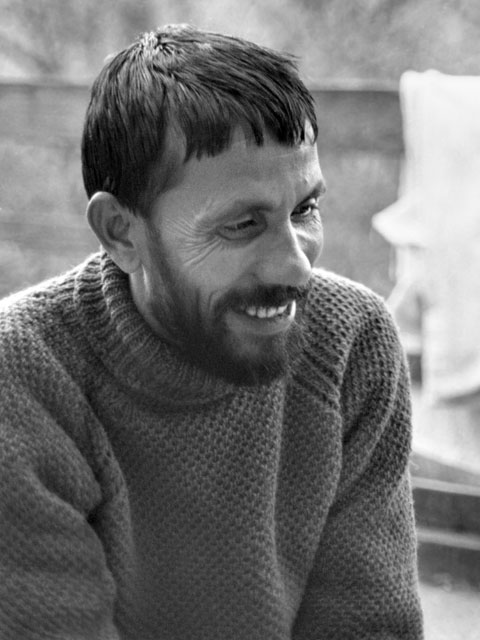by the Navdanya Nine Seeds Movement
Editor’s Preface: This article inaugurates a series we shall be posting on contemporary movements and communities based on Gandhi’s Constructive Programme, which we are also posting in its entirety. For more information and links please consult our Editor’s Note at the end of the article. JG

Bija cover; artist unknown; courtesy of navdanya.org
Navdanya means “nine seeds”, (symbolizing protection of biological and cultural diversity) and also “new gift” (for seed as commons, based on the right to save and share seeds). In today’s context of biological and ecological destruction, seed savers are the true givers of seed. This gift, or “dhanya” and nava-dhanyas (nine seeds) is the ultimate gift, a gift of life, heritage and continuity. Conserving seed is conserving biodiversity, conserving knowledge of the seed and its utilization, conserving culture, and conserving sustainability.
Navdanya is also a network of seed keepers and organic producers spread across 17 states in India. It has helped set up 111 community seed banks across India, trained over 5,000,000 farmers in seed sovereignty, food sovereignty and sustainable agriculture over the past two decades, and helped establish the largest direct marketing, fair trade organic network in India. We have also founded a learning center, Bija Vidyapeeth (School of the Seed / Earth University) to teach biodiversity conservation, and we have an organic farm in Doon Valley, Uttarakhand, North India.
Navdanya is actively involved in the rejuvenation of indigenous knowledge and culture. It has created awareness of the hazards of genetic engineering, and defended people’s rights from bio-piracy and food rights in the face of globalisation and climate change. It is a women centred movement for the protection of biological and cultural diversity.
Read the rest of this entry »















